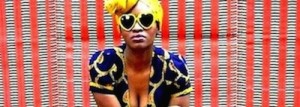The Moroccan Art Scene, Post Independence Moroccan Artists
January 15th, 2016
The Moroccan Contemporary Art Scene, post-independence, is much sought after and has gained popularity over the recent years given its varied mix of forward thinking and experimental painters, sculptors, fashion designers, and craftsmen. Morocco’s contemporary art scene had a boost with the opening of some…


